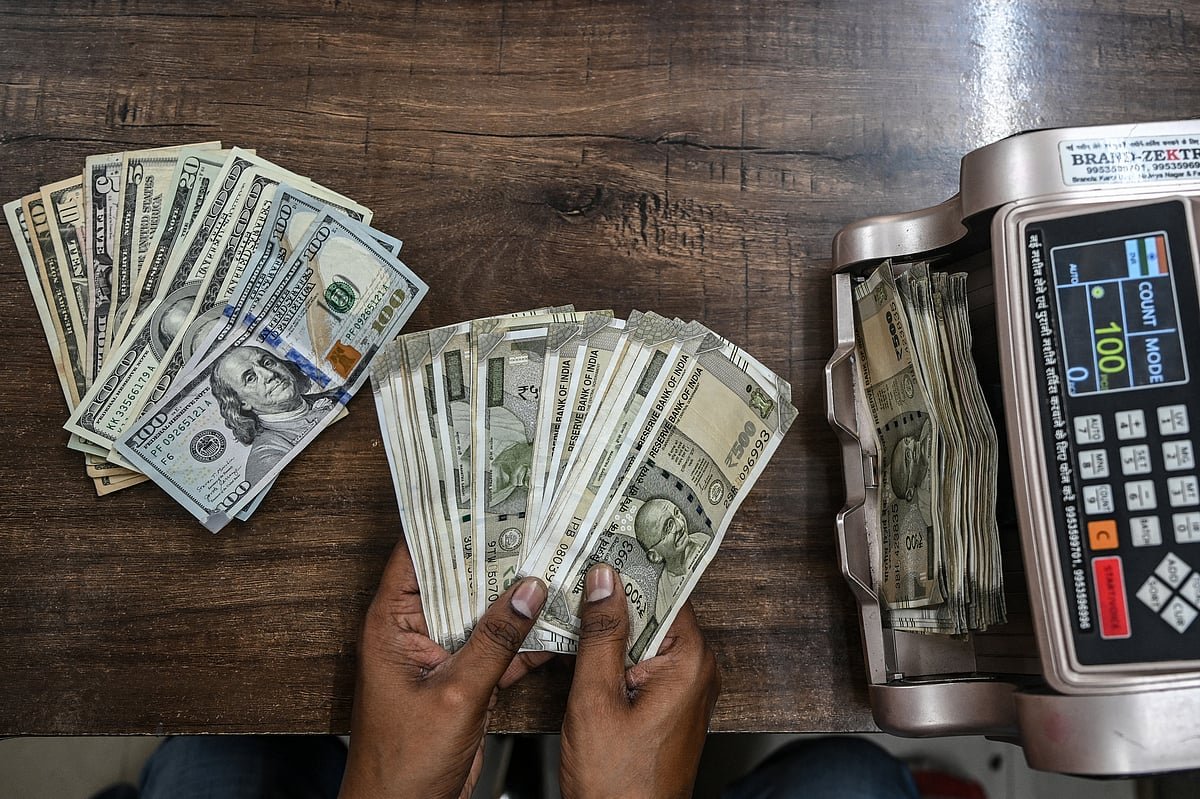The Indian rupee logged its fifth straight monthly fall in February, weighed down by foreign portfolio outflows and increased hedging in the onshore and the non-deliverable forward market.
The rupee ended at 87.4950 against the US dollar compared with 87.20 in the previous session. The domestic unit fell 1 percent in February, and slipped to an all-time low of 87.95 during the month.
However, periodic intervention by the Reserve Bank of India (RBI) largely curbed one-way moves on the domestic unit and prevented speculators from betting against the rupee.
The RBI conducted a three-year dollar-rupee buy-sell swap auction on Friday, drawing bids 1.6 times the $10 billion notified amount, following a $5 billion six-month swap in January.
India’s sluggish economic growth, uncertainty over US President Donald Trump’s tariffs and rising possibility of a global trade war have hit foreign investors’ demand for Indian financial assets.
Foreign investors have net sold nearly $3.5 billion of local stocks so far in February, taking the total outflows to about $12.5 billion in 2025.
The benchmark BSE Sensex and the broader NSE Nifty 50 fell 5.6 percent and 5.9 percent, respectively, during the month.
“The outlook continues to favour dollar bulls, supported by sustained demand from importers and continued foreign portfolio investor outflows,” said Dilip Parmar, a foreign exchange research analyst at HDFC Securities.
The dollar-rupee pair faces “strong” resistance around 88 levels, Parmar said.
Asian currencies were volatile during the month while the dollar index dropped.
On Thursday, Trump said his proposed 25 percent tariffs on Mexican and Canadian goods will take effect on March 4 along with an extra 10 percent duty on Chinese imports.
“We expect a peak protectionism risk premium in FX in the second quarter, which implies a stronger dollar and a weakening of developed European and emerging Asia currencies,” ING Bank said in a note.

 For all latest news, follow The Daily Star’s Google News channel.
For all latest news, follow The Daily Star’s Google News channel. 




